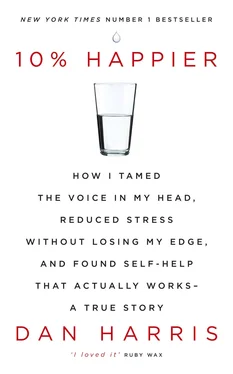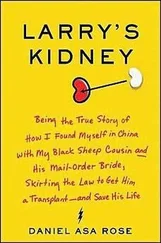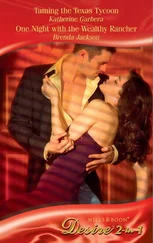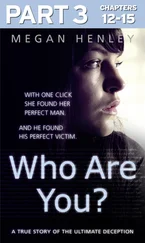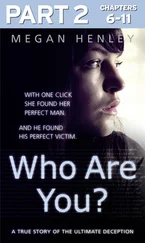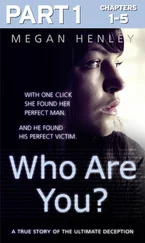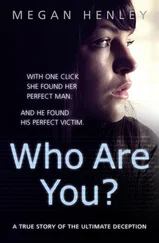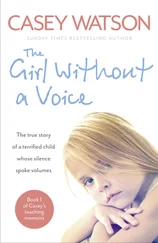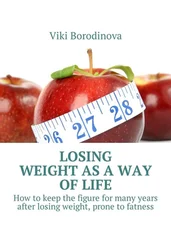This made my head hurt. Clearly this line of questioning was going nowhere. Keenly aware that Tolle’s assistant, Anthony, had his eye on the clock, I decided to move on—which is when we came to the part of the interview where Tolle made what I considered to be his most ludicrous claim yet.
“Don’t you ever get pissed off, annoyed, irritated, sad—anything negative?”
“No, I accept what is. And that’s why life has become so simple.”
“Well, what if somebody cuts you off in your car?”
“It’s fine. It’s like a sudden gust of wind. I don’t personalize a gust of wind, and so it’s simply what is.”
“And you’re able to enjoy every moment, even if I start asking you a ton of annoying questions?”
“Yes. That would be fine.”
“Don’t tempt me.”
Here he let out a real laugh—from the diaphragm, leaning forward in his chair, eyes almost closed. He recovered and picked right up: “It’s becoming friendly just with the is-ness of this moment.”
The is-ness of this moment? Who was this guy kidding? Was he really saying that he was never in a bad mood? That nothing ever bothered him? How could he sit there on camera and claim that? It sounded great, of course. But so did learning how to fly.
“I don’t fully understand that, because I sometimes think about change—either innovation or social activism—like that little bit of sand in an oyster that creates the pearl.”
“Yes, well . . .”
“Is it a clam or an oyster? I can’t remember. Anyway, you know what I’m talking about.”
Laughing again, he continued. “The most powerful change comes actually out of that different state of consciousness. This is why people so admire what Gandhi did, because he was bringing about change from a state of consciousness that was already at peace. And people sometimes believe that if you’re already at peace you’re never going to do anything. But that’s not the case. Very powerful actions come out of that.”
“So, you’re not saying sit around, let everything wash over you, let people cut you off in your car. You’re saying understand that it is what it is right now—”
“And then do what you need to do,” he said, interrupting me this time, and speaking with uncharacteristic brio. “Make the present moment your friend rather than your enemy. Because many people live habitually as if the present moment were an obstacle that they need to overcome in order to get to the next moment. And imagine living your whole life like that, where always this moment is never quite right, not good enough because you need to get to the next one. That is continuous stress.”
Okay, now this made a ton of sense to me. For example, in the case of inauguration coverage, I could have accepted that my exclusion was already a reality, and then simply had a series of calm conversations with my bosses about whether it was possible to change things—instead of firing off a spray of footbullets.
Sitting with Tolle was like watching the movie version of his books. Both in person and on the page, he moved with total ease between tremendously useful insights, and head-scratching, grandiose claims about perfect imperturbability.
By this point, the interview had run long. Felicia was visibly anxious. She apologetically explained to Tolle and Anthony that we really needed a “walking shot”—a picture of me and Tolle walking down the street or something. Everyone agreed this request could be accommodated.
We took the elevator down to the lobby, where I chatted with Tolle while Felicia and the crew went outside to find a suitable spot for the shot. Sometimes, after an interview, people are warmer; they’re relieved it’s over and they feel they’ve gotten to know their interviewer a bit. Tolle’s affect, however, was utterly unchanged. He exuded the same pleasant unflappability. Making small talk, I asked him his age, and he told me he was sixty-two. When I remarked that he looked much younger than that, he told me matter-of-factly that he basically hadn’t aged since he’d had his spiritual awakening, which happened when he was twenty-nine. Yet another sharp left turn into crazy town, I thought.
The story aired a few weeks later on both Sunday World News and Nightline . The reactions from my colleagues were interesting. A few of them wrote Tolle off as a whack-job. Several others said they found him oddly compelling. My friend Jeanmarie, for example, described him as being like a Yule log—initially boring, but ultimately mesmerizing.
Personally, the encounter had left me in a funny spot. I definitely didn’t think Tolle was a fraud. I’d interviewed hucksters—prosperity preachers, child slave dealers, Saddam Hussein flunkies who vowed to turn back the U.S.-led invasion—but this guy didn’t give off the I’m-full-of-shit-and-I-know-it vibe at all. Maybe he was simply deluded? Impossible for me to tell.
Essentially, I was right back where I was the first time I peered into the pages of his strange little book: fascinated yet frustrated. Tolle had opened something up for me—a window into the enfeebling clamor of the ego. But he had not answered my most pressing questions. How do you tame the voice in your head? How do you stay in the Now? Was it really possible to defeat the gray Stalinism of self-absorption without ending up on a park bench? I was not about to let this drop. It was as if I’d met a man who’d told me my hair was on fire, and then refused to offer me a fire extinguisher.
Chapter 4
Happiness, Inc.
The first thing you notice is the rhinestone glasses. Then the fragrance—like he’s just stepped out of a two-hour massage.
I met Deepak Chopra six weeks after my interview with Eckhart Tolle. While I had thought of little else other than the ego and its discontents during those weeks, my encounter with Chopra, another self-help superstar, was entirely unplanned. I called it serendipity; Chopra almost certainly would have called it karma.
I had been asked to fly to Seattle to moderate a Nightline debate (or “Face-Off,” in the preferred rebranding of the show’s executive producer) with the extremely subtle title “Does Satan Exist?” Chopra—who was always, as we say in the business, “TV-friendly”—had been booked to argue the “no” case, alongside a Pentecostal bishop who’d lost most of his congregation after publicly reconsidering the existence of the Devil. The “yes” side was made up of a hip, young local pastor as well as a former prostitute who ran an evangelical group called Hookers for Jesus.
I was only vaguely familiar with Chopra. I knew, of course, that he was probably the most famous guru on earth and that he’d written truckloads of bestselling books. I had seen his cameo in the movie The Love Guru . He struck me as the Golden Arches or Nike Swoosh of spirituality—a globally recognized icon next to whom celebrities could pose when they wanted to signal “depth.”
I was also aware that while he preached good vibes and serenity, Chopra enjoyed wading into controversies over politics, science, and faith—sometimes even going on Fox News to mix it up with conservative hosts like Sean Hannity.
It was that combination of spiritual star power and zeal for rhetorical combat that had motivated my producers to book Chopra for this Face-Off, which we were filming in a church in downtown Seattle. The house was packed with a thousand people, all invited by the four debaters. The plan was to have the participants go at it for two hours, while we recorded with a battery of cameras strategically located throughout the room. We would then cut it down to the juiciest moments, and air it as a full half-hour broadcast of Nightline several weeks later.
Читать дальше
